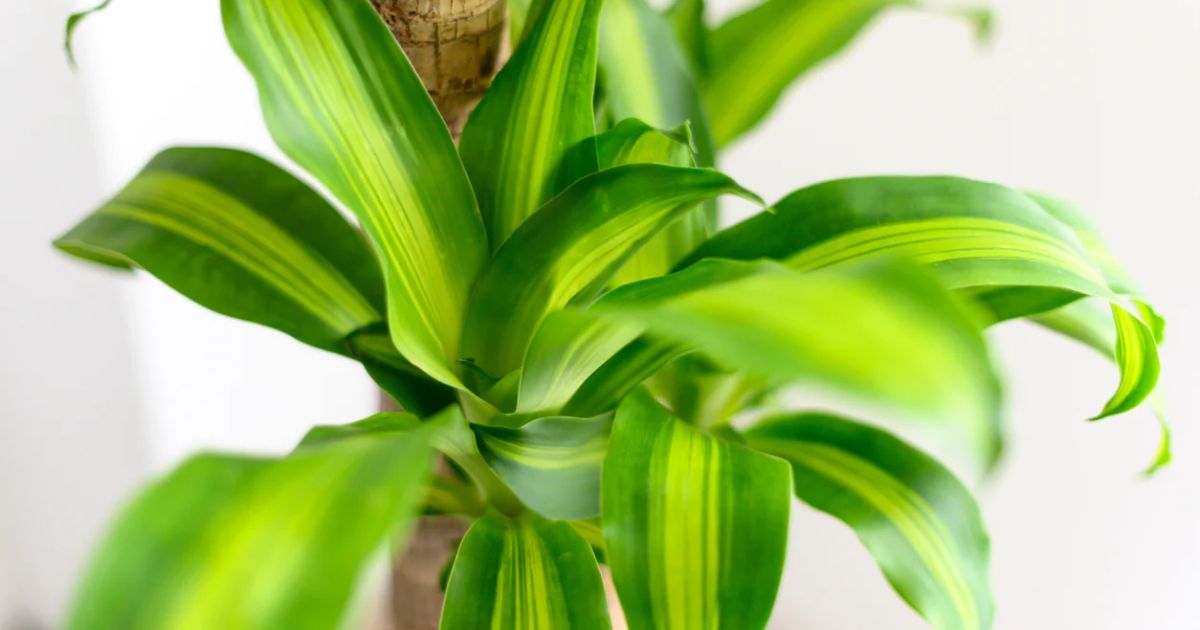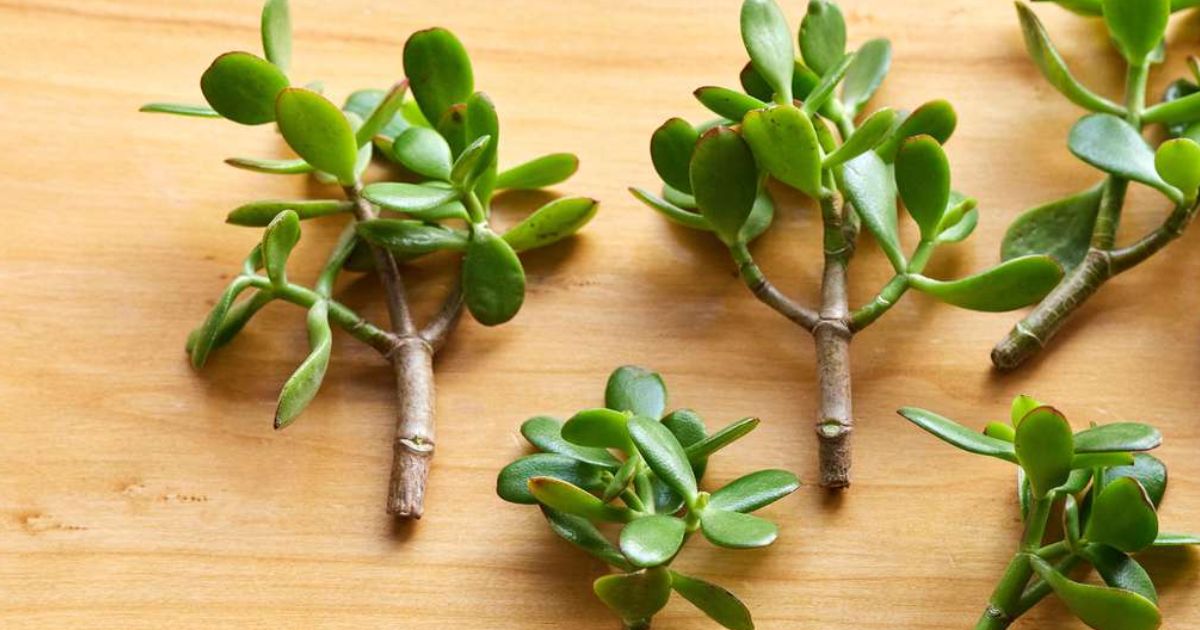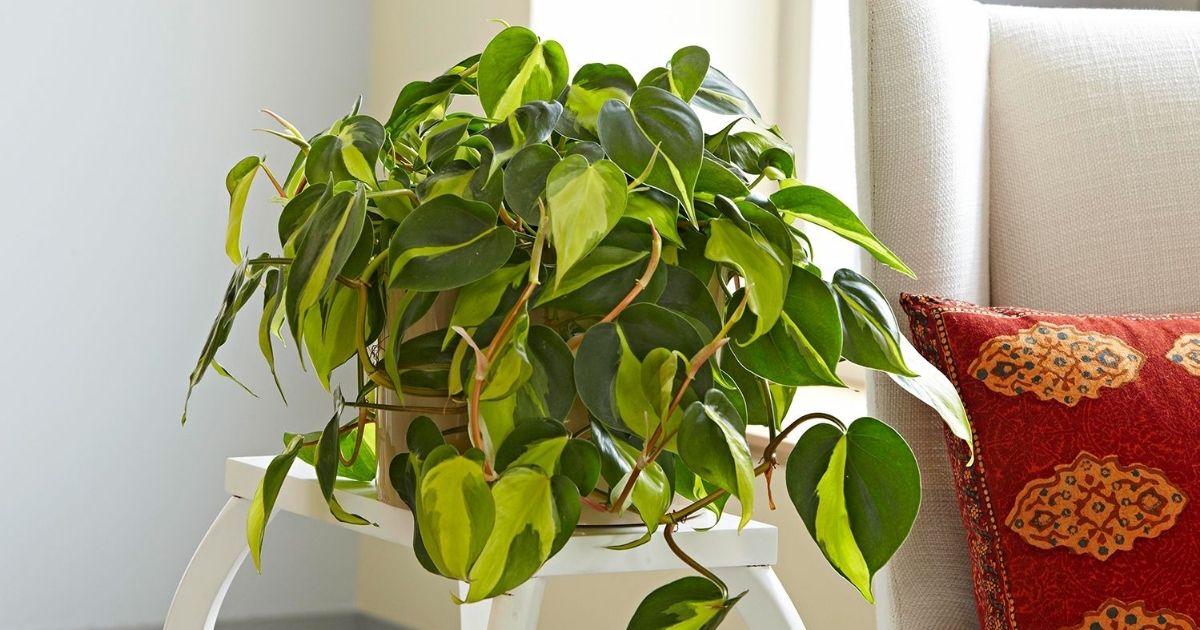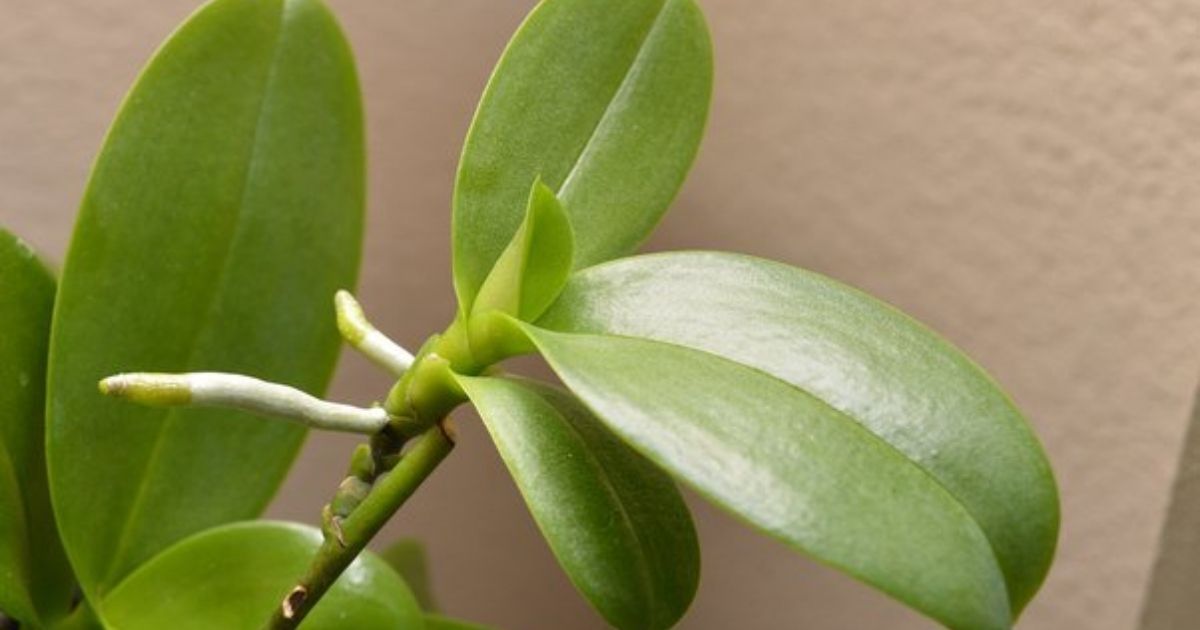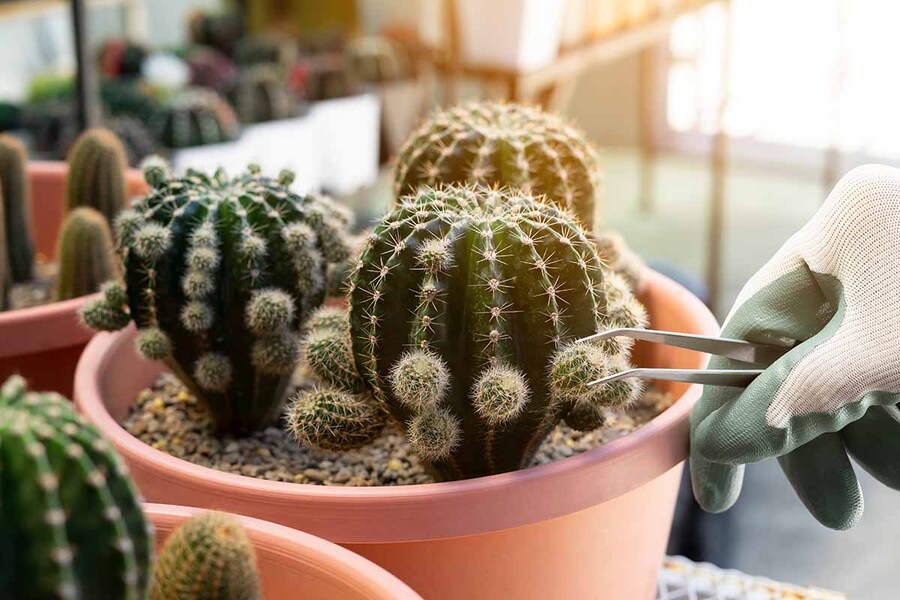How to Propagate Lavender At Home: From Cuttings to Blooms
Lavender is an easy-to-grow flower. You can grow lavender from cuttings in different ways, such as in soil, water, or by air. However, as beginners, cutting and planting in soil is the most suitable method with the highest rate of successful propagation. If you want to learn how to propagate lavender to picture a wonderful garden, follow this simple guide.
Table of Contents
How to Propagate Lavender: A Step-by-Step Guide for Beginners
Lavender cuttings are easily rotted when planted in water or air. However, nutrients and warm soil can keep each cutting healthier throughout the propagation process. Planting lavender in the soil is the most suitable method.
So, to your question how to grow lavender from cutting, here are our answers:
Step 1: Gathering Supplies
Before starting the steps of making new lavender, you should prepare enough materials for the process:
- Tools for cutting: a clean and sharp knife or pruning shears.
- Tools for planting: Pots or humanity propagation trays, plastic cloches.
- Substance: Rooting hormone to stimulate root growth, fertilizer, and potting mix.
You can get the complete propagation tool set here
Step 2: Choosing the Right Cuttings
Before cutting lavender for propagation, you should choose mature lavender plants with straight, healthy, pest-free, and nice-colored stems. We suggest finding a non-flowering stem because flowers take all the plant's energy to grow roots and create new plants.
Remember the two most common looks of stems are dark brown and light green. The dark brown part is hardwood, while the light green is softwood. When selecting stems for creating new lavender plants, prioritize those with more softwood.
Step 3: Preparing the Cuttings
Remove every leaf from the lowest 2'' of the stem to give the new cutting enough room to develop strong roots. When you plant the cutting parts in the soil, those leaves can no longer photosynthesize.
Then, how to strike lavender cuttings?
Cut the chosen stems 3-4'' long, then dip them into rooting hormones if you have them. In fact, many people find that using hormones helps roots grow faster and improves success in developing new plants.
Step 4: Planting the Cuttings
After preparing the cuttings, it’s time to plant them. You should follow some steps to ensure the cutting stems can grow well:
- Fill the pot almost with soil, but leave about 1" of space at the top. Then, add water to moisten the soil.
- Make holes in the soil a few inches deep with your finger or a pencil where you'll place each cutting.
- Place each cutting into the holes so that soil can cover the stems, then gently press the soil around each cutting to keep it steady.
- Put the pot in a warm spot with shade. Make sure the soil stays damp and not too overly soggy. Check on the cuttings regularly over the next two to four weeks.
- After a couple of weeks, gently pull on the cuttings. If they're hard to pull out, they've grown roots and are ready to plant in a pot or your garden.
Step 5: Encouraging Root Growth
When planting lavender cuttings, water the trays containing the new cuttings enough. Keeping the soil consistently moist and the air around humid is essential for encouraging the plant's growth. We often suggest using a plastic cloche or humidity tray to ensure ideal conditions.
Plastic cloches can protect crops from frost and rain, and humidity trays allow excess water to drain into the tray to keep moisture for the soil.
After a couple of weeks, gently pull on the cuttings. If they are hard to pull out, they've grown roots and are ready to plant in a pot or garden.
Tips To Take Care Of Propagating Lavender
- Healthy Cuttings: Select healthy lavender stems to guarantee effective propagation.
- Good Drainage: Choose soil that drains well to avoid waterlogging and root rot.
- Keep wet: Keep the soil consistently wet without overwatering. Mist the plants often to keep the cuttings hydrated. You can use rooting mist to rate the success of growing roots highly.
- High Humidity: To promote root growth, maintain a humid atmosphere around the cuttings. Water them on a plate or place a plastic dome over them.
- Warmth: Maintain a comfortable temperature range of 65 to 75 °F (18 to 24 °C) around the cuttings.
- Prevent Crowding: Give the cuts enough space between them to avoid competing for nutrients.
- Have Patience: To ensure successful transplantation, allow sufficient time for roots to grow.
- Transplant Carefully: After the cuttings have developed roots, carefully move them into separate pots or the garden so as not to sever them.
- Regular Monitoring: Watch the cuttings for signs of distress and provide necessary care as they grow.
This guide helps you learn how to propagate lavender. With easy step-by-step instructions, from cutting and planting to caring, you can create many new plants to decorate your garden and make a beautiful lavender space.
Frequently Asked Questions
1. What Is The Best Way to Propagate Lavender?
The best way to propagate lavender is by cutting and planting in soil. This method reduces the risk of rot and ensures the cuttings receive the necessary nutrients and warmth for healthy growth.
You can also propagate lavender in water. However, this method can make the cuttings rot quickly.
2. When Should I Take Lavender Cuttings?
The time to propagate lavender depends on the cutting method and stem status. Spring and early summer (around late April and early June) are ideal for softwood cuttings or new growth because they root better then. If you're using more mature plant material, waiting until later in the season is better. Letting them overwinter helps the roots develop before planting.
3. What Can I Do with Lavender Cuttings Indoors?
With lavender cuttings indoors, you should follow these tips:
- Your lavender plant will receive plenty of light if grown under grow lights for 12 to 14 hours daily.
- For dry soil, water lavender.
- Maintain a 60° to 70°F inside temperature.
- Keep the low humidity levels at around 40%.
4. Why Do My Lavender Cuttings Keep Dying?
If your lavender keeps dying, it might be because of overwatering or underwatering. Getting the right balance is super important when you're trying to grow new cuttings. Too much water can make them rot, but too little can dry them out and kill them. It's better to make sure the soil stays moist but not soaked.
